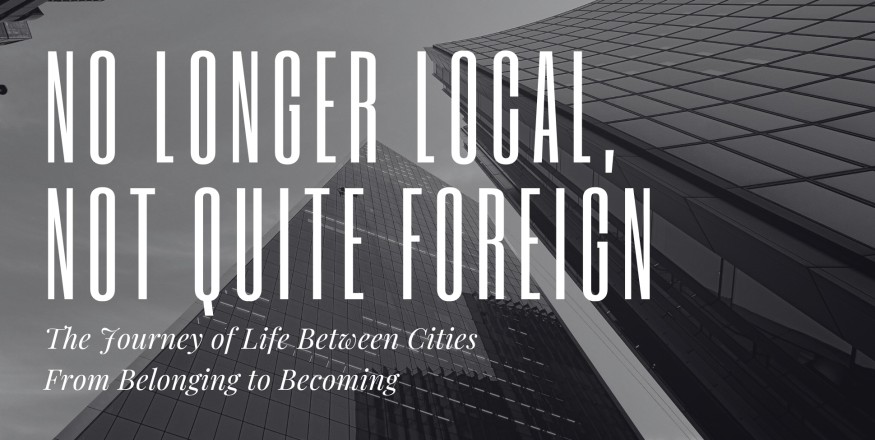It is easy to take things for granted when you grow up in Hong Kong. The city’s rhythm is so tightly wound, so unforgivingly efficient, that you begin to assume the rest of the world must operate on the same frequency. It wasn’t until I began travelling extensively—living in cities stitched across continents, from London to Melbourne, Tokyo to Toronto, New York to Dubai—that I realised how rare, how precious, the Airport Express truly is.
The Airport Express is not just a train. It is an architectural promise that Hong Kong keeps—a commitment to speed, clarity, and precision. From Chek Lap Kok to the very heart of the city, it sweeps across Lantau and the harbour like a silent thread, sewing the world to home in under 25 minutes. Clean, quiet, punctual to the second—it is the sort of infrastructure that many cities dream of, but only a few dare to build.
Most global cities falter at the gateway. You land in their airports and are immediately confronted with chaos—crowded buses, overpriced taxis, winding train transfers that require three connections and a postgraduate diploma in urban planning. In some places, the only option is to wait in line, wallet in hand, for a cab that will edge through traffic for over an hour.
But not in Hong Kong.
Here, the Airport Express welcomes you with a kind of gentle assurance. The doors slide open and the world hushes. Inside the cabin, cushioned seats and free Wi-Fi feel almost indulgent. Your suitcase rests beside you. Your thoughts begin to settle. In less than half an hour, you’re in Central. Or Kowloon. Or Tsing Yi. No haggling. No confusion. Just the steady hum of progress.
For the business traveller, it’s a dream. For the jet-lagged tourist, a relief. For those of us who used to take it every month, every other week, it was a ritual—one last quiet moment before the city unfolded again in all its urgency. I often caught it on solo returns from London, or with Alex when we were flying back from Tokyo or Seoul, and there was something so strangely grounding about seeing the familiar skyline rise into view again.
The stations themselves feel like extensions of the airport—clean, spacious, strangely serene in a city otherwise defined by its clamour. You check in your luggage at Hong Kong Station before even boarding the train. Then you walk freely, unencumbered, as if the act of travel had been softened into something almost elegant.
Yet what strikes me most, after all these years, is how rare such luxury is.
Few cities have the resources, or the resolve, to construct something like this. An express train that links one of the world’s busiest airports directly to its financial core is not just a feat of engineering—it is a declaration. It says: we are open. We are ready. We are connected to the world, and the world to us.
There is something powerful in that. Something deeply Hong Kong.
And perhaps, like all things you only begin to appreciate once you leave, the Airport Express is one of those quiet privileges that hides in plain sight. An unsung emblem of a city that runs like no other—where even the journey home is made with grace.
ns216.73.216.193da2

































